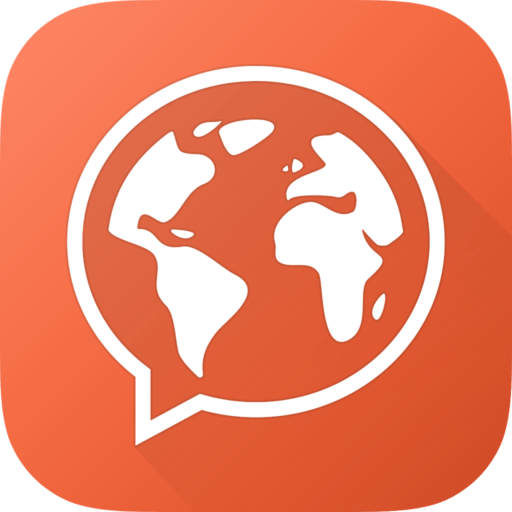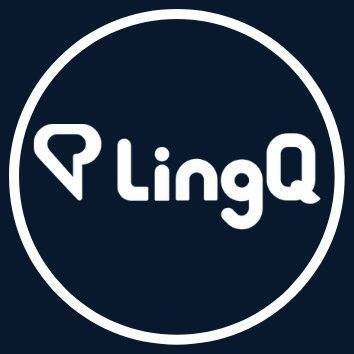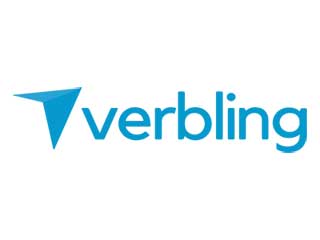55+ Romanian Learning Resources – Lost of Free Ones!
Explore this list of Romanian learning resources and discover those that best suit your learning needs. At All Language Resources, we have identified lots of Romanian resources to help you on your language-learning journey.
We’ve listed a multitude of resources for learning Romanian, featuring mostly free resources and tools to elevate your learning experience.
…55+ Romanian Learning Resources – Lost of Free Ones!Read More »
55+ Romanian Learning Resources – Lost of Free Ones! Read More »












